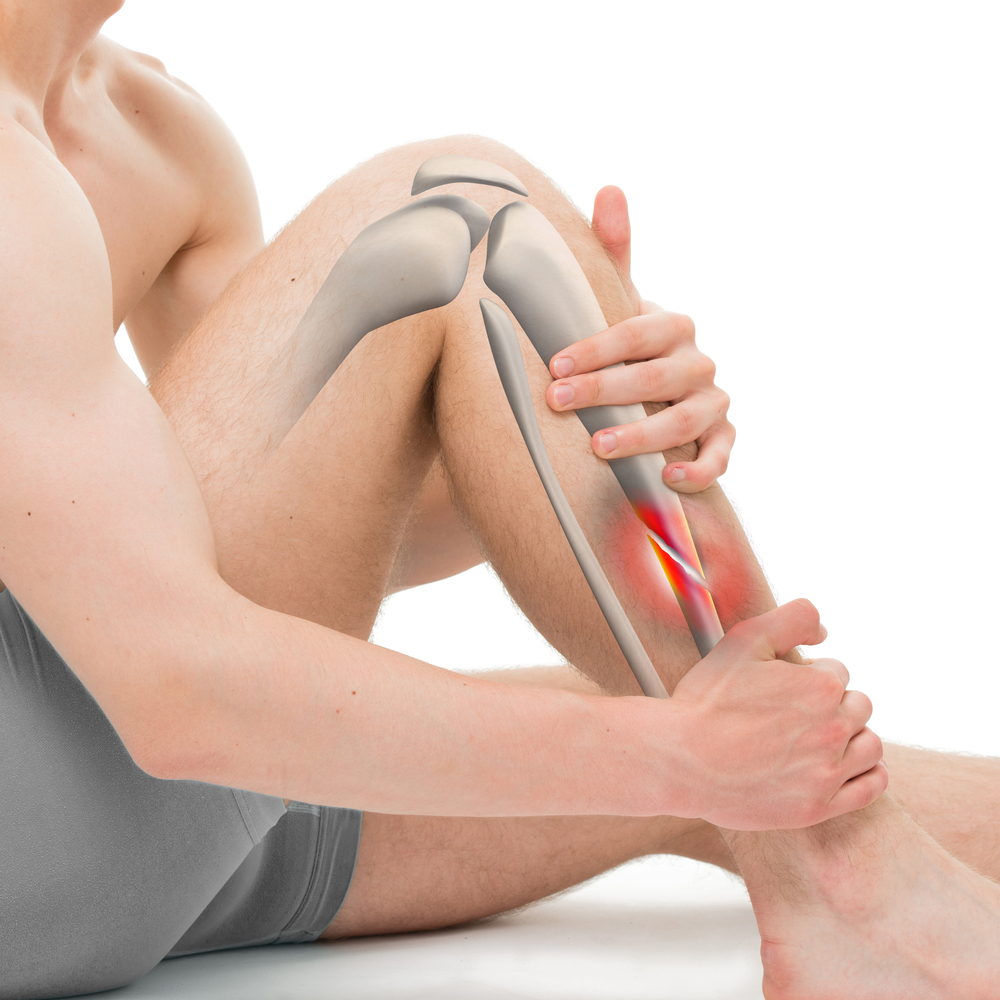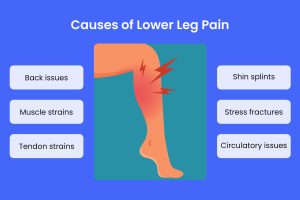
Leg pain can be frustrating and disruptive, affecting your ability to walk, stand, or perform daily activities comfortably. The causes of leg pain vary widely—from muscle strains to nerve problems—and identifying the root cause is essential for effective treatment. In this comprehensive guide, we’ll explore the most common causes of leg pain, symptoms to watch for, and the best approaches to relief and prevention.
Leg pain can originate from muscles, bones, joints, nerves, or blood vessels. Understanding these causes helps in identifying the right treatment and when to seek medical help.
Muscle strains happen when muscle fibers are overstretched or torn, often from sudden movements or excessive exercise. Overuse injuries, such as shin splints or cramps, occur when muscles are repeatedly stressed without adequate rest.
Sciatica refers to pain caused by irritation or compression of the sciatic nerve, which runs from the lower back down the legs. Herniated discs, spinal stenosis, or piriformis syndrome can all compress nerves, causing radiating leg pain.
Circulatory issues can cause leg pain due to reduced blood flow or blood clots. Peripheral artery disease (PAD) narrows arteries, causing cramping and fatigue during walking. Deep vein thrombosis (DVT) is a blood clot in deep veins that can cause pain and swelling.
Arthritis, including osteoarthritis and rheumatoid arthritis, causes inflammation and pain in leg joints like the knees, hips, and ankles. Bursitis is inflammation of the bursae—fluid-filled sacs cushioning the joints.
Broken bones or stress fractures from repetitive impact can cause localized leg pain. Stress fractures are small cracks usually caused by overuse or sudden increase in activity.
Knowing the nature of your leg pain can help pinpoint its cause. Here’s how to differentiate types of pain and symptoms.

Most leg pain improves with rest and home care, but some situations require prompt medical evaluation.
If your leg pain lasts more than a few weeks, worsens over time, or recurs frequently, it’s important to see a healthcare provider for diagnosis and treatment.
Treatment depends on the underlying cause but may include:
Allow your leg to heal by avoiding activities that worsen pain. Gradually return to normal activities as symptoms improve.
Targeted exercises can strengthen muscles, improve flexibility, and relieve nerve compression.
In severe cases such as herniated discs, fractures, or advanced arthritis, surgery may be necessary to relieve pain and restore function.
Prevention focuses on maintaining strong muscles, healthy joints, and good circulation.
Excess weight puts added stress on your legs and joints, increasing pain risk.
Regular low-impact exercise promotes circulation and muscle strength.
Avoid prolonged sitting and use ergonomic supports to reduce nerve compression.
Good shoes help maintain alignment and absorb impact.
Before physical activity, warm up and stretch to prevent strains and injuries.
Leg pain can arise from many causes, ranging from simple muscle strain to serious circulatory or nerve issues. Understanding your symptoms, pain type, and when to seek medical care is key to effective relief. With proper diagnosis, treatment, and prevention strategies, you can manage leg pain and improve your mobility and quality of life.
If your leg pain is persistent, severe, or accompanied by other concerning symptoms, don’t hesitate to consult a healthcare professional for personalized care.